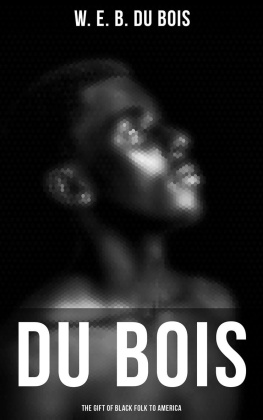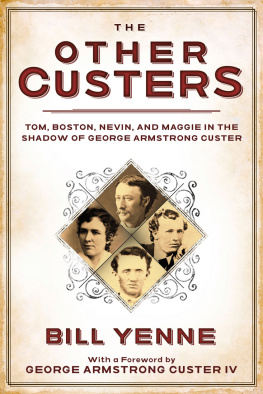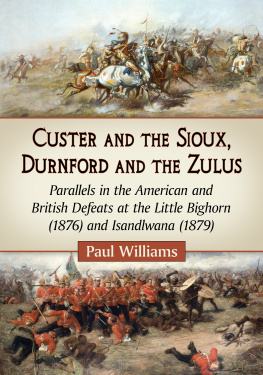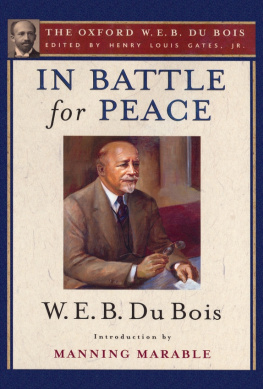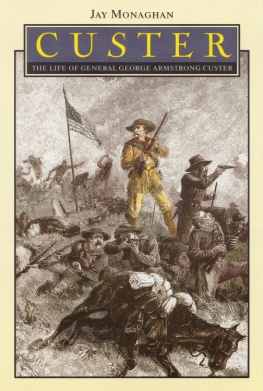
This edition is published by PICKLE PARTNERS PUBLISHINGwww.picklepartnerspublishing.com
To join our mailing list for new titles or for issues with our books picklepublishing@gmail.com
Or on Facebook
Text originally published in 1961 under the same title.
Pickle Partners Publishing 2015, all rights reserved. No part of this publication may be reproduced, stored in a retrieval system or transmitted by any means, electrical, mechanical or otherwise without the written permission of the copyright holder.
Publishers Note
Although in most cases we have retained the Authors original spelling and grammar to authentically reproduce the work of the Author and the original intent of such material, some additional notes and clarifications have been added for the modern readers benefit.
We have also made every effort to include all maps and illustrations of the original edition the limitations of formatting do not allow of including larger maps, we will upload as many of these maps as possible.
KICK THE DEAD LION: A CASE BOOK OF THE CUSTER BATTLE
BY
CHARLES G. DU BOIS
(COURTESY OF CUSTER BATTLEFIELD NATIONAL MONUMENT)
BVT. MAJOR GENERAL GEORGE A. CUSTER
From the Elizabeth B. Custer Collection
TABLE OF CONTENTS
Contents
TABLE OF CONTENTS
REQUEST FROM THE PUBLISHER
DEDICATION
TO THE GARRYOWENSthe men of the Seventh U.S. Cavalry Regimentwho, since 1866, have served their country, at home and abroad, in the heroic tradition established by their first lieutenant-colonel, Brevet Major General George A. Custer, this work is dedicated, and especially to three latter-day Garryowens, Colonel Brice C. W. Custer, grandnephew of the General, Colonel William A. (Wild Bill) Harris, liberator of Seoul, and Major Edward S. Luce (retired), Former Superintendent of the Custer Battlefield National Monument.
ACKNOWLEDGEMENTS
My thanks to all who have extended assistance in the preparation of this narrative, and especially to
Major Edward S. Luce, U.S. Army, retired, former member of the Seventh U.S. Cavalry Regiment, and former Superintendent of the Custer Battlefield National Monument, for his encouragement and criticism, the use of his copies of the Benteen-Goldin letters, the copy of the Chicago TIMES account of the Reno Court of Inquiry, and numerous other official and unofficial documents, records and manuscripts;
Dr. James Brown, head of the Department of English, Eastern Montana College of Education, Billings, Montana, for a careful correction and appraisal of the manuscript;
To the Parmley Billings Memorial Library, Billings, Montana, and especially Miss Anne Whitmack, chief librarian, for the many courtesies extended me in the compilation of source material.
To all these, and many others, my sincere gratitude.
LIST OF MAPS AND ILLUSTRATIONS
Bvt. Maj. Gen. Geo. A. Custer
Three Pronged Movements in the Sioux Expedition of 1876
Custer Divides the 7th Cavalry into Three Battalions
Major Marcus A. Reno
Battlefield Reunion of 1886
7th Cavalry at 50th Anniversary, 1926
Captain Fredrick W. Benteen
Custers Last Order to Benteen
Photostat of Enlisted Mens Petition
Photostat of 7th Cavalry Payroll, 1876
INTRODUCTION
On June 25, 1876, the greatest Indian battle in the history of the American West was fought on the Little Bighorn River in southeastern Montana. The combined forces of Sioux and Cheyennes encamped there defeated the Seventh U.S. Cavalry Regiment and annihilated five companies of the regiment under the personal leadership of Brevet Major General George Armstrong Custer.
The firing had scarcely ceased, the Indians had only scattered, and the soldier dead still lay hastily buried on a lonely Montana ridge when it beganthe unending, ever-increasing slander and defamation against General Custer. His brilliant record established during the Civil War, his victories on the western plains in the years that followed were ignored. The nations hero was slowly toppled from his pedestal.
The Lion was dead.
Like jackals snapping at the heels of the lord of the jungle, the defamers began their work. It was no simple task, but they applied themselves with vigor. So thorough was the campaign that only those close to the fallen Custer rallied to his defense. Now they are gone, friend and foe alike, but the perpetrators of the campaign of hate have bequeathed to history a legacy of distorted fact and perverted truth.
For three-quarters of a century the facts surrounding the Battle of the Little Bighorn were buried in the confidential proceedings of the Reno Court of Inquiry of 1879. In 1951, Lieutenant Colonel W. A. Graham, U.S. Army (Retired), published a limited edition of these proceedings. {1} It is ironic to note that Colonel Graham, in performing his valuable service, remained a critic of Custer, ignoring the factual information contained in the material he himself brought to light. Colonel Graham was not alone; his views were shared (perhaps more strongly) by other historians, among them E. A. Brininstool, Fredrick Van de Water and Fred Dustin. {2} This latter triumvirate was probably more bitter and vindictive in its method of attack than Colonel Graham, who described himself as something of a neutral observer, Yet within his writings, he sometimes contradicts this declaration. The best example is found in the appendix of one of his books. {3} Here he reprints in full Colonel Robert P. Hughes article, The Campaign Against the Sioux in 1876, which first appeared in the January, 1896, issue of The Journal of the Military Service Institution of the United States, an account which strives to prove by misrepresentation of fact that Custer disobeyed his orders.
But this is not a critique of Colonel Hughes article. The late Dr. Charles Kuhlman, author of Legend Into History and a profound student of the Custer Battle, has already sufficiently debunked Hughes in the course of writing the above mentioned book, an analytical study of the battle which is a must for anyone interested in the subject.
Nor can this be considered a critique of the works of Graham, Van De Water, Brininstool and Dustin, for they, like Hughes, relied on first-hand witnesses for their information. If, in proving these witnesses to be in error, some measure of guilt is reflected on these gentlemen, it is the result of their own failure to probe deeper into the motivations of their informants.
The picture of the battle is, at best, seen through a glass darkly, and the one-sided contributions of Messrs. Graham, Van De Water, Brininstool and Dustin have done little to clear it up. Yet there is good in everything, and in spite of the obvious prejudices, many interesting sidelights have been brought forth by these same men.
No historian can claim to be unbiased. In his search for truth, he must of necessity form opinions and judgments, regardless of an attempt to maintain objectivity. It is the historians obligation to preserve truths which might be misinterpreted or corrupted by prejudice. The conclusions reached by historians, based on careful research and analysis, without fear or favor, form the basis of all history, and the burden of Truth rests fully on the integrity of the historian. As one delves deeply into any historical subject he will find some things which impress him either favorably or unfavorably. Once this happens, and it cannot fail to happen if one digs deeply enough, the historian is committed. He becomes a partisan whether he will admit it or not, and there is no reason for him to deny it. Opinions based on facts are honest opinions, and if the facts are in error, it is an honest error arrived at by the historian. But nothing can be said in the favor of the man who approaches the subject with bias, for with such an approach, all facts will be colored by preconceived opinion, and all conclusions will be presented in this same light.






